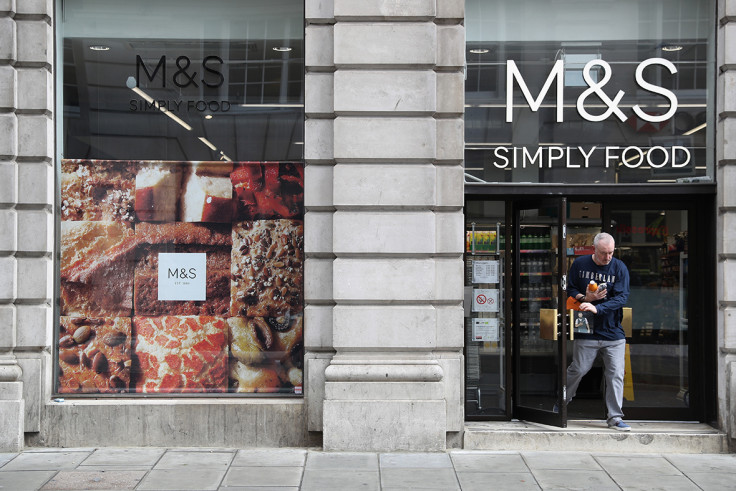M&S expected to close 'dozens of high street stores' amid profit slump
M&S reportedly also set to close some of its international stores and to stop selling clothes in some of its branches.

Marks & Spencer is reportedly set to close dozens of high street stores and stop selling clothes in some of its branches in a bid to stem its profit slump.
According to Sky News, M&S boss Steve Rowe, who replaced Marc Bolland as chief executive in April, will announce the shake-up when the company publishes its second-quarter results on Tuesday (8 November). The process of closing down stores could take several years, it has been claimed, while the number of shops said to be affected is allegedly in the "low dozens".
A number of stores are expected to be relocated, while others will see food operations being allocated space that has so far been reserved for the company's clothing range.
In July, Rowe revealed M&S, which issued a profit warning in May, had suffered the sharpest like-for-like decline in its clothing division in more than 10 years, with sales falling almost 9% in the 13 weeks to 2 July.
"These are not the numbers I wanted to see – not by any stretch," he said at the time.
M&S shares have fallen by approximately a third over the past 12 months.
It is understood that Rowe, who since taking over has proposed axing approximately 500 head office jobs, has taken the decision in a bid to convince investors and analysts that one of the icons of the British high street can recover from its recent lacklustre performances.
Increased competition from its online rivals coupled with the prospect of rising inflation and weakening spending power are all said to have contributed to the decision, while Rowe is also expected to warn investors about the impact the weak pound has had on results.
M&S branches in Britain will not be the only ones to bear the brunt of the overhaul, with Bloomberg reporting the company will close its store in Paris and a number of shops in China.
Profit at M&S' overseas business, which includes 468 stores, 194 of which owned by the company, across 58 countries, saw profit slump by 40% in the 2015-16 fiscal year, largely due to losses at its own – rather than franchised – stores.
© Copyright IBTimes 2025. All rights reserved.






















